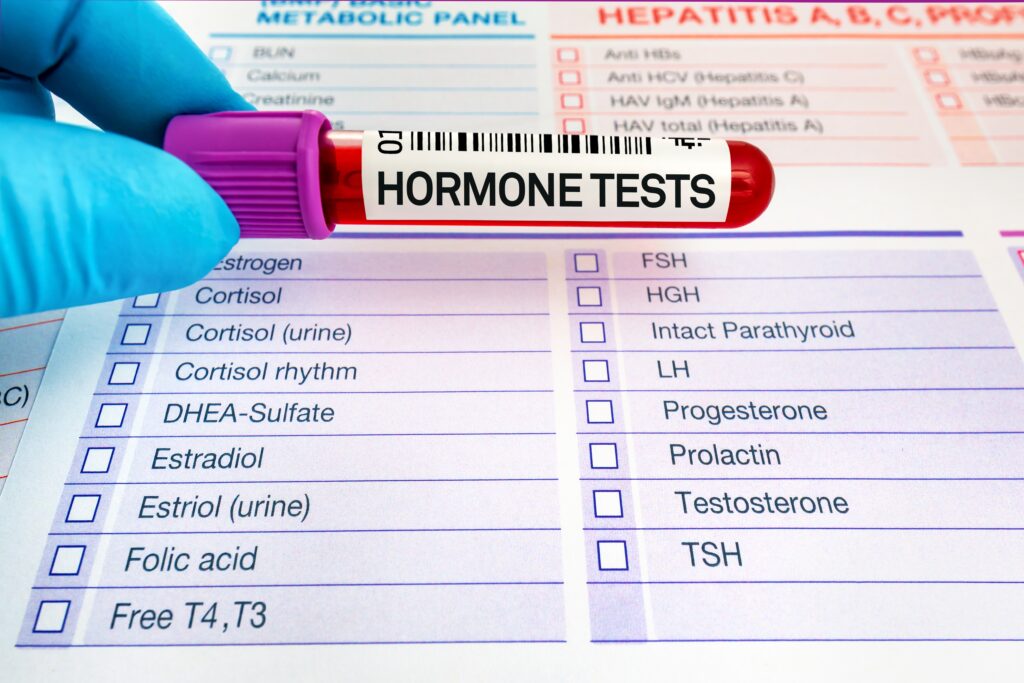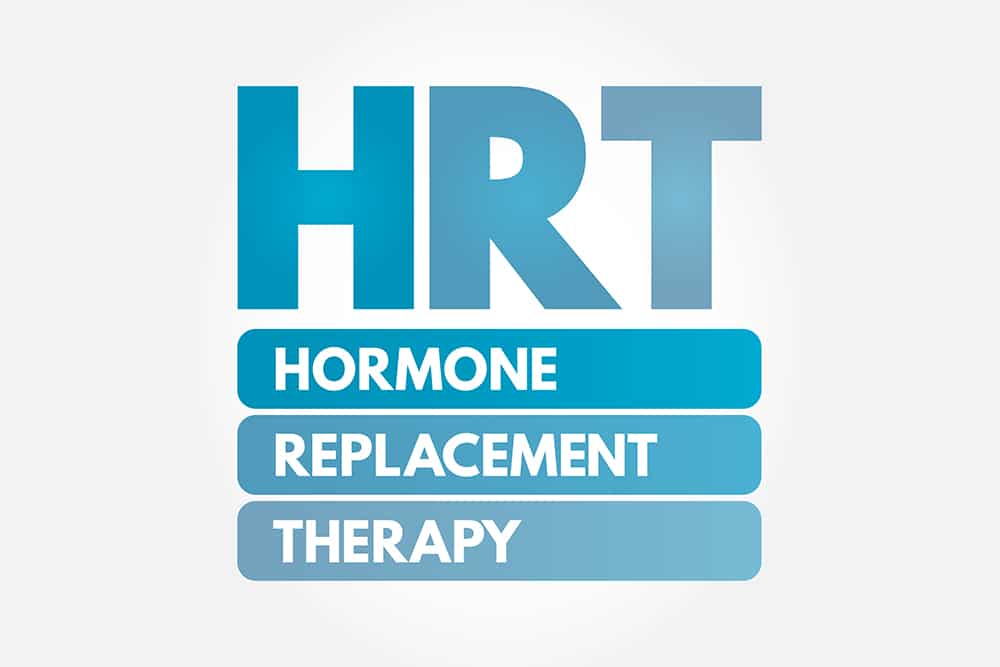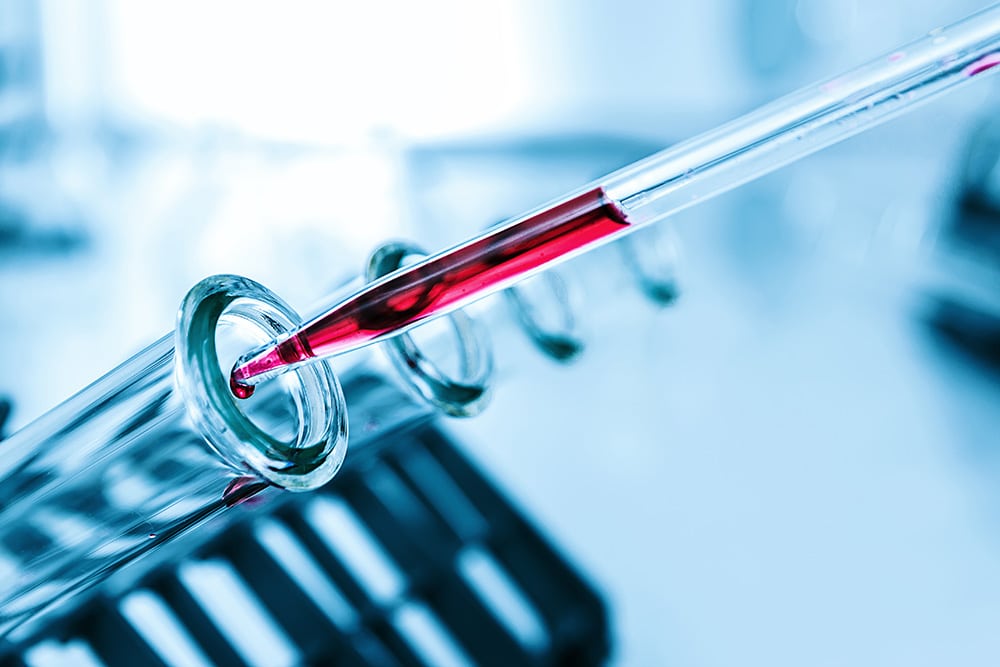Menopause and perimenopause are the natural biological processes that marks the end of a woman’s reproductive years. During this period, the levels of estrogen hormones in the body decrease significantly, causing various symptoms such as hot flashes, mood swings, and vaginal dryness.
Some women like to try natural alternatives in replacing estrogen levels through this process. One such option is consuming foods that can replace the lost estrogen hormones in the body.
What is estrogen?
Estrogen is a hormone that plays a crucial role in the development and function of the female reproductive system. It is primarily produced in the ovaries and helps regulate the menstrual cycle, prepare the uterus for pregnancy, and maintain bone density. Estrogen also affects other parts of the body, including the brain, skin, and cardiovascular system. It is one of four crucial hormones in women, the other three being progesterone, DHEA, and testosterone.
Estrogen levels naturally fluctuate throughout a woman’s life. During early years, estrogen levels increase, which is what causes the symptoms of puberty. However, in later years estrogen levels decrease, causing the menopause. In turn, the menopause causes various symptoms such as hot flashes, mood swings, and vaginal dryness.
Estrogen can also be found in some foods, such as soy products and flaxseed, which contain phytoestrogens. Phytoestrogens are plant-based compounds that mimic the effects of estrogen in the body. Some women use phytoestrogens as a natural alternative to hormone replacement therapy (HRT) for menopausal symptoms. However, it is important to note that studies show there isn’t a great deal of proof that replacing estrogen with phytoestrogens is effective in menopause symptom relief.
Hormone Replacement Therapy
HRT is a medical treatment that has become increasingly popular among women to alleviate the symptoms of menopause or other hormonal imbalances. HRT works by replacing hormones, usually estrogen and progesterone, to maintain a hormonal balance. These hormones come in the form of pills, gels, patches, and creams. HRT can be prescribed by a doctor, but it can also be prescribed through certified wellness clinics like Bodyline Clinic.
Here at Bodyline, we can offer a totally supported and bespoke HRT plan, with regular check-ups and prescription alterations based on side effects and symptoms. We also have access to a range of hormone options and through blood tests and medical history examinations we can titrate our HRT to each individual client.
With 17 years of experience in supporting clients throughout our health and wellness treatments, we can ensure the highest quality of care. Plus, you are able to access our treatments at all stages of the menopause. We have had incredible success in alleviating menopause symptoms in our clients, giving women a new lease of life.
However, if you are looking for natural estrogen replacement through food, alone or alongside your HRT plan, here are the foods to try increasing in your diet.
Soy Products
Soybeans and soy products are rich in phytoestrogens, which are plant compounds that mimic the effects of estrogen in the body. Soybeans contain a specific type of phytoestrogen called isoflavones, which have been found to alleviate symptoms of menopause, such as hot flashes, night sweats, and mood swings. Some soy products to consider include soy milk, tofu, tempeh, and edamame.
Flaxseed
Flaxseed is another excellent source of phytoestrogens. Flaxseed contains lignans, which are a type of plant-based estrogen. Lignans are converted into enterolactone and enterodiol by gut bacteria, which can mimic the effects of estrogen. Flaxseed can be added to foods such as smoothies, yogurt, and oatmeal.
Fruits and Vegetables
Fruits and vegetables are not only rich in vitamins and minerals but also contain phytoestrogens that can help replace lost estrogen hormones. Some of the best fruits and vegetables to consume for this purpose include:
- Apples
- Berries
- Broccoli
- Brussels sprouts
- Carrots
- Cauliflower
- Garlic
- Spinach
- Sweet potatoes
Nuts and Seeds
Nuts and seeds are another source of phytoestrogens. Some of the best nuts and seeds to eat during menopause include:
- Almonds
- Pistachios
- Sesame seeds
- Sunflower seeds
Whole Grains
Whole grains are an excellent source of fiber and contain phytoestrogens that can help replace lost estrogen hormones. Some of the best whole grains to consume during menopause include:
- Brown rice
- Oats
- Quinoa
- Whole wheat bread
Food for thought?
Menopause can be a challenging time for many women, but consuming certain foods could help alleviate symptoms. Soy products, flaxseed, fruits, vegetables, nuts, seeds, and whole grains are all excellent sources of phytoestrogens that can replace lost estrogen hormones in the body. Incorporating these foods into your diet can help you try to manage menopausal symptoms naturally.















